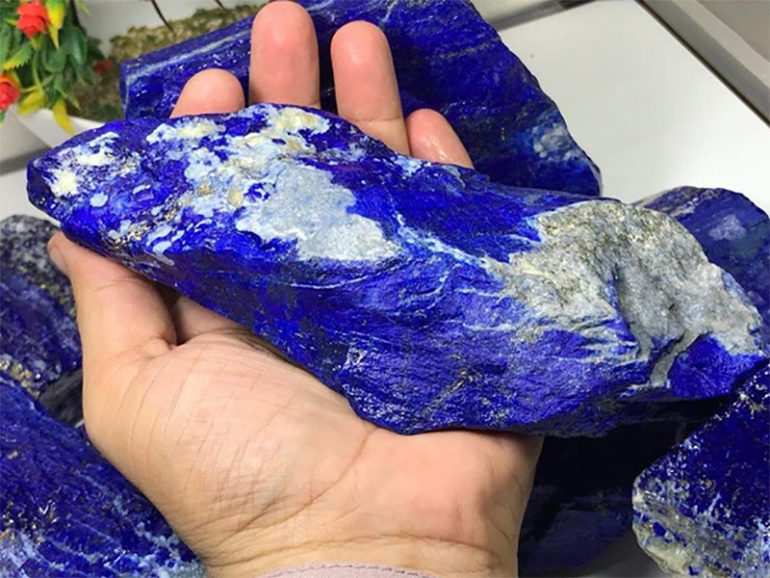According to the latest study, researchers have revivified an intense, purplish-blue watercolor that was popularly used in medieval illuminated manuscripts. It is believed to be as old as the henna art of India. The project took a distinct team of researchers, classic recipes, and a trip to a medieval walled village located in Portugal to find out the origin of the sharp color.
Folium
Folium is the name of the color, and it was utilized a thousand years ago. It was forgotten in the 19th century, and experts made an effort to recreate the shade and found its primary source in the next century.
Learning about the source and ordonnance of the dye is essential to protect medieval illuminated manuscripts. The manuscripts are the most well-preserved and most essential medieval cultural artifacts. Color is a huge factor in these rare artworks, and the scientists are truly meticulous when it comes to the most extinct of colors. In order to preserve and prolong manuscript illuminations for the incoming generations, they mixed various techniques from the natural sciences and humanities.
History and Literature

A team made of conservation scientists, chemists, and biologists who majored in botany went hand in hand with this preservation project. They were able to synthesize all the different possibilities to solve this mystery that’s worth a thousand years. They turned to medieval references that talked about the plant’s capacity, called Chrozophora tinctoria, as a natural color source that was used to create purple and blue dyes. The plants were kept on a piece of cloth and dried the same way as watercolors. A portion of the fabric was cut when it was time to utilize them as paint. In order to bind it to the page, the paint was extracted using water or another form of the element.
A lot of books that were written during the 12th, 14th, and 15th century tackled about the plant, from the right way to collect it to the intricate way to process it.
Chrozophora Tinctoria
Chrozophora tinctoria is a tiny plant, almost similar to a herb, and it is located in North Africa, southwestern and central Asia, and the Mediterranean. Typically, it thrives in dry places and alongside the edges of planting fields.
The team of experts gathered the fruits of the plant, both ripe and unripe, on a specific time of the year. According to the Medieval recipes, it is essential not to break open the fruit and release any seeds. They extracted the distinctive compound that would give the blue color from the fruits, preserve and purify it to create the perfect shade. They utilized several analytical techniques to preserve the chemical composition of the compound.
The experts found that folium is a different dye from those taken from other types of blue fruits and flowers. It is also not similar to an indigo dye. As a matter of fact, folium is a whole new classification of dyes.
The newly found molecule was called, chrozophoridin, which was named after a hermidin alkaloid. The team of researchers was credited for their knowledge and effort in making this new discovery.
Photo Attribution:
1st and featured image from https://encrypted-tbn0.gstatic.com/images?q=tbn:ANd9GcQuyDUnpEXnnOCrrxcVtiZmhg55hU1_pcL7KjwyuRoim5bGbovV&s
2nd image from https://metrovoicenews.com/wp-content/uploads/2019/01/blue-manuscript-620×330.jpg
